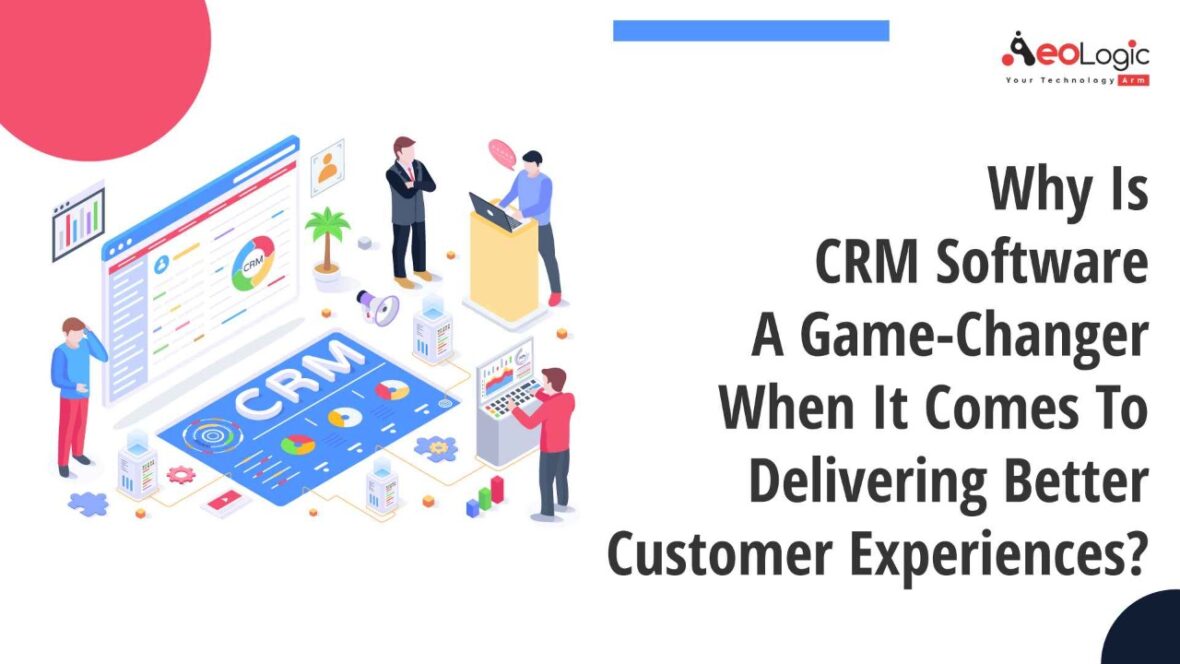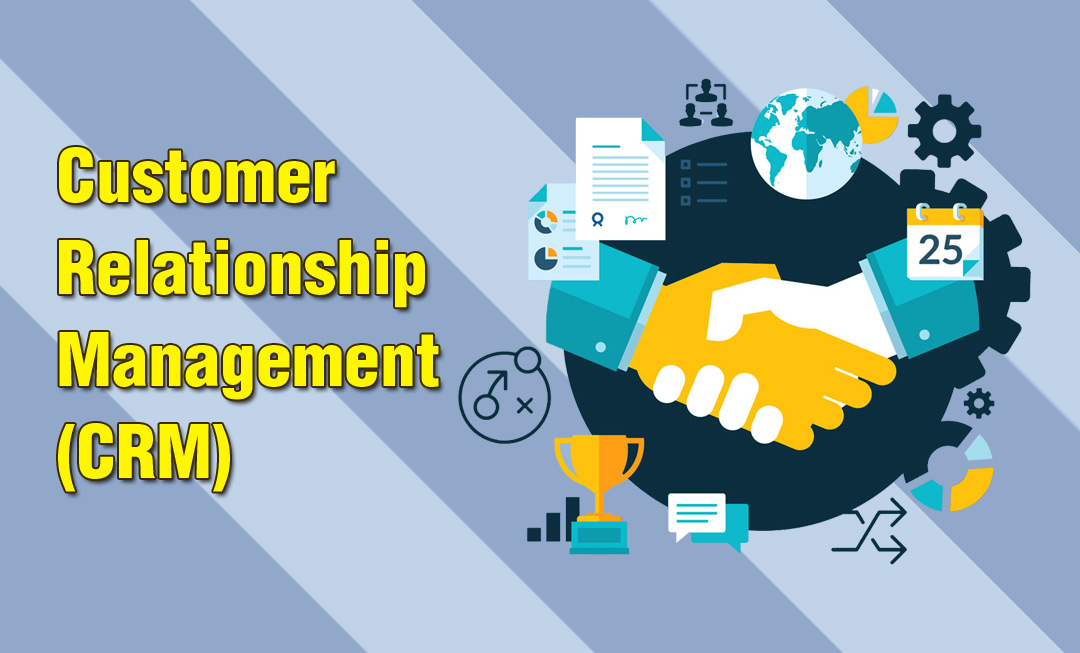Personalizing Customer Experience with CRM: The Ultimate Game-Changer
Personalizing Customer Experience with CRM: The Ultimate Game-Changer

Personalizing Customer Experience with CRM: The Ultimate Game-Changer
In today’s fast-paced business world, customer experience is the new competitive battlefield. Companies that fail to deliver personalized experiences risk losing customers to their more agile and customer-centric competitors. This is where CRM (Customer Relationship Management) comes in – a powerful tool that helps businesses build strong, lasting relationships with their customers.
In this article, we’ll explore the ins and outs of CRM and how it can be used to personalize customer experience, boost customer loyalty, and drive business growth.
What is CRM?
CRM is a technology that allows businesses to manage all their customer interactions in one place. It’s a centralized platform that stores customer data, tracks interactions, and provides insights to help businesses make informed decisions. With CRM, businesses can:
- Store customer contact information, purchase history, and interaction data
- Track sales, marketing, and customer service activities
- Analyze customer behavior and preferences
- Automate routine tasks and workflows
- Collaborate with teams across departments

How Can CRM Personalize Customer Experience?
Personalization is key to delivering exceptional customer experience. CRM helps businesses personalize customer interactions by:
- Segmenting customers: CRM allows businesses to segment their customers based on demographics, behavior, and preferences. This helps businesses tailor their marketing campaigns and product offerings to specific groups of customers.
- Creating customer profiles: CRM stores customer data, including purchase history, browsing behavior, and interaction history. This information can be used to create detailed customer profiles, enabling businesses to understand their customers’ needs and preferences.
- Providing context: CRM provides context to customer interactions, ensuring that businesses have a complete understanding of the customer’s history and preferences.
- Enabling omnichannel engagement: CRM enables businesses to engage with customers across multiple channels, including social media, email, phone, and in-person.
- Delivering personalized content: CRM helps businesses deliver personalized content, such as product recommendations, promotional offers, and special deals, based on customer behavior and preferences.
Benefits of Personalizing Customer Experience with CRM
Personalizing customer experience with CRM has several benefits, including:
- Increased customer loyalty: Personalized experiences build trust and loyalty, leading to repeat business and positive word-of-mouth.
- Improved customer satisfaction: Personalization shows that businesses care about their customers’ needs and preferences, leading to higher customer satisfaction.
- Increased revenue: Personalized experiences lead to increased sales and revenue, as customers are more likely to purchase products and services that are tailored to their needs.
- Competitive advantage: Businesses that personalize customer experience with CRM gain a competitive edge, setting them apart from competitors who fail to deliver personalized experiences.
How to Use CRM to Personalize Customer Experience
To get started with CRM, businesses should follow these simple steps:
- Choose a CRM platform: Select a CRM platform that meets your business needs, such as Salesforce, HubSpot, or Zoho.
- Collect customer data: Collect customer data from various sources, including social media, customer surveys, and purchase history.
- Analyze customer behavior: Use CRM analytics to understand customer behavior, preferences, and pain points.
- Create customer profiles: Use customer data to create detailed customer profiles, including demographics, behavior, and preferences.
- Develop personalized marketing campaigns: Use CRM to develop targeted marketing campaigns based on customer behavior and preferences.
- Train customer-facing teams: Train customer-facing teams to use CRM and provide personalized experiences.
Real-Life Examples of Personalizing Customer Experience with CRM
Several businesses have successfully used CRM to personalize customer experience, including:
- Amazon: Amazon uses CRM to deliver personalized product recommendations based on customer behavior and preferences.
- Netflix: Netflix uses CRM to deliver personalized content recommendations based on customer viewing history and preferences.
- Starbucks: Starbucks uses CRM to deliver personalized experiences, including offers and discounts, based on customer behavior and preferences.
Conclusion
Personalizing customer experience with CRM is the ultimate game-changer for businesses. By understanding customer behavior and preferences, businesses can deliver tailored experiences that build trust, loyalty, and revenue. By following the simple steps outlined in this article, businesses can get started with CRM and start delivering personalized experiences that exceed customer expectations.
The Future of CRM
As technology continues to evolve, CRM will continue to play a vital role in delivering personalized customer experiences. Some future trends to watch out for include:
- Artificial intelligence (AI): AI-powered CRM will enable businesses to automate routine tasks and make decisions based on data insights.
- Internet of Things (IoT): IoT-powered CRM will enable businesses to connect with customers through wearable devices and smart home devices.
- Virtual reality (VR): VR-powered CRM will enable businesses to deliver immersive customer experiences that simulate real-world interactions.
By staying up-to-date with the latest trends and technologies, businesses can continue to deliver exceptional customer experiences that set them apart from the competition.
